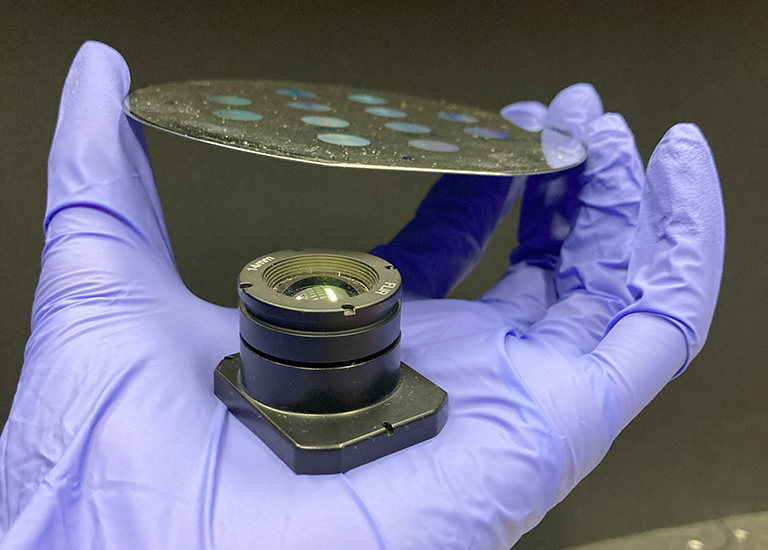Breaking Barriers: Ultra-Thin Meta-Optics for LWIR Imaging
With the increasing reliance on imaging technologies worldwide, the demand for optical systems has reached unprecedented levels. These systems must balance lightweight design and uncompromised quality to meet the future needs of consumer electronics and national security.
Researchers have achieved a significant breakthrough in thermal imaging technology with the development of ultra-thin meta-optics specifically designed for long-wavelength infrared (LWIR) imaging. This innovation enables smaller, lighter imaging systems with potentially superior performance.
Unlocking Potential: Applications of Miniaturized Thermal Imaging
Long-wavelength infrared (LWIR) imaging offers the ability to visualize in total darkness and penetrate through smoke and fog. However, conventional LWIR systems rely on bulky refractive lenses, often crafted from costly materials such as germanium. This heaviness and expense have hindered the widespread adoption of such systems.
Meta-optics, utilizing metasurfaces of nanopillar arrays, offer thin alternatives to traditional lenses. These metasurfaces introduce controlled phase shifts to manipulate light, achieving outcomes similar to traditional optics but with thinner profiles.
Towards the Future: Compact and Powerful Thermal Cameras
This miniaturization opens up numerous exciting prospects, such as incorporating thermal imaging into compact drones, smartphones, or wearable devices. Such advancements could transform various fields like autonomous navigation, search and rescue missions, industrial preventive maintenance, and medical diagnostics.
The development of ultra-thin meta-optics tailored for LWIR imaging represents a significant advancement. As research progresses, we anticipate the emergence of a new breed of compact, versatile, and potentially more potent thermal cameras, revolutionizing various industries and LWIR-dependent applications.







